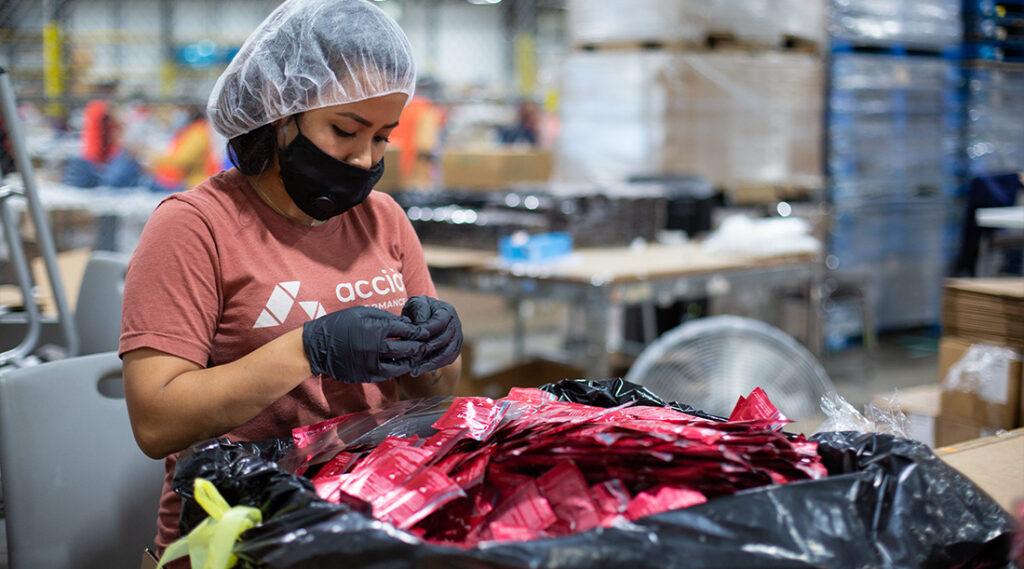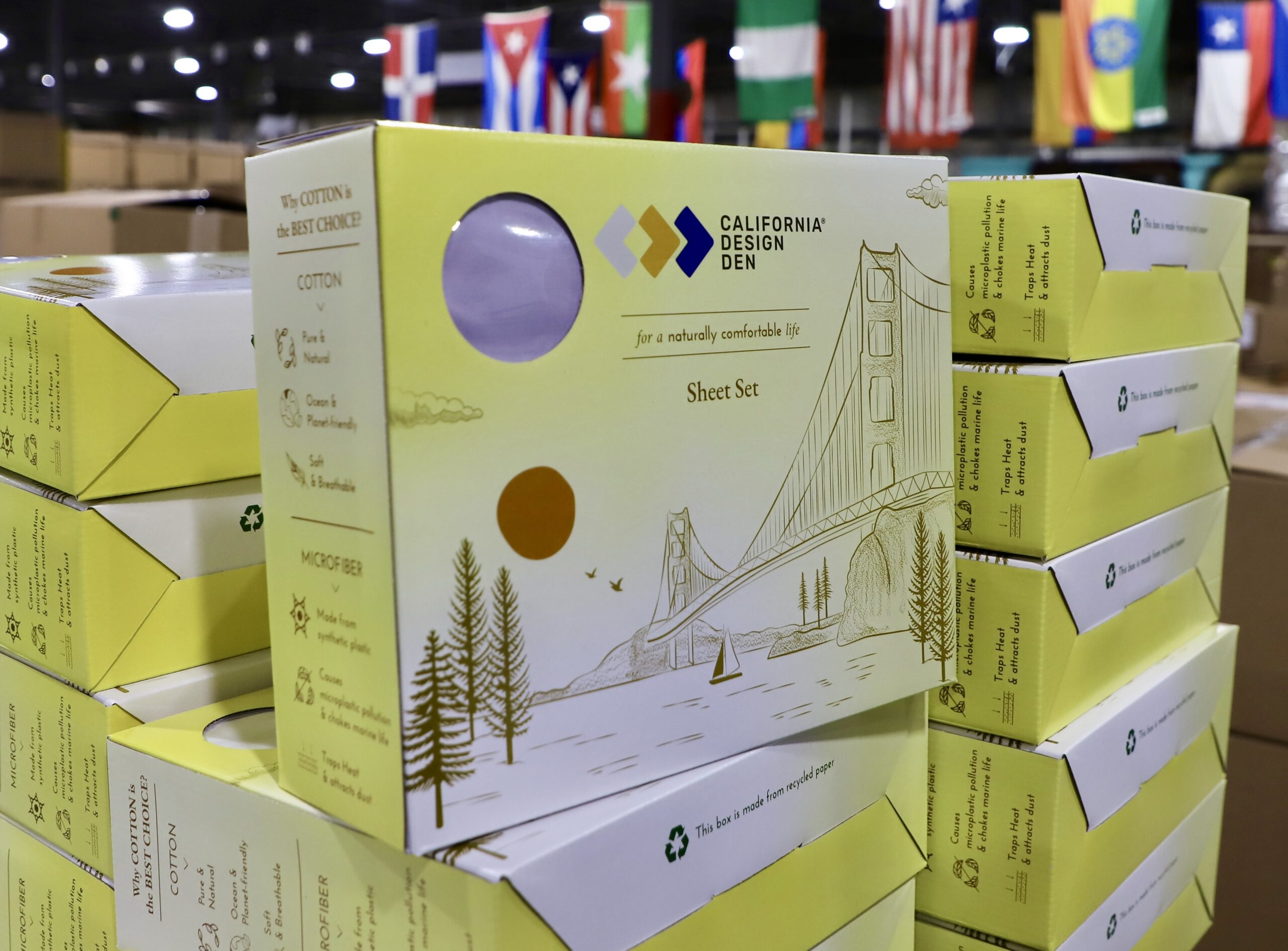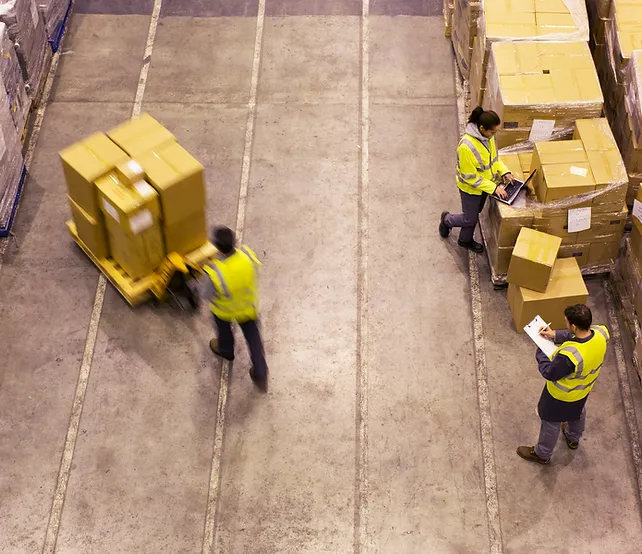Partnering with Acción Performance allows your business to remain agile as production needs shift. Our custom kitting of kedical devices services eliminate wasted resources by optimizing performance as we seamlessly integrate into your logistics processes.
EXCEEDING OPERATIONAL GOALS
Kitting of Medical Devices
Managing Modern Solutions
Optimized supply chain solutions aren’t “one size fits all,” and neither are our pricing models. Our team
finds the best approach for your project to maximize your resources, including cost.
OUR CUSTOMIZABLE MODELS

Kitting of Medical Devices
In the healthcare industry, the efficient management of medical devices is critical for ensuring patient care and safety. Kitting, a process that involves assembling and packaging specific medical devices or components into ready-to-use kits, plays a crucial role in streamlining supply chain management, improving workflow efficiency, and enhancing patient outcomes.
CASE STUDIES
Custom Solutions
See how the Acción team creates individualized solutions for our clients across industries to optimize their unique demands.
OUR CLIENTS




CLIENT SOLUTIONS AND SERVICES



